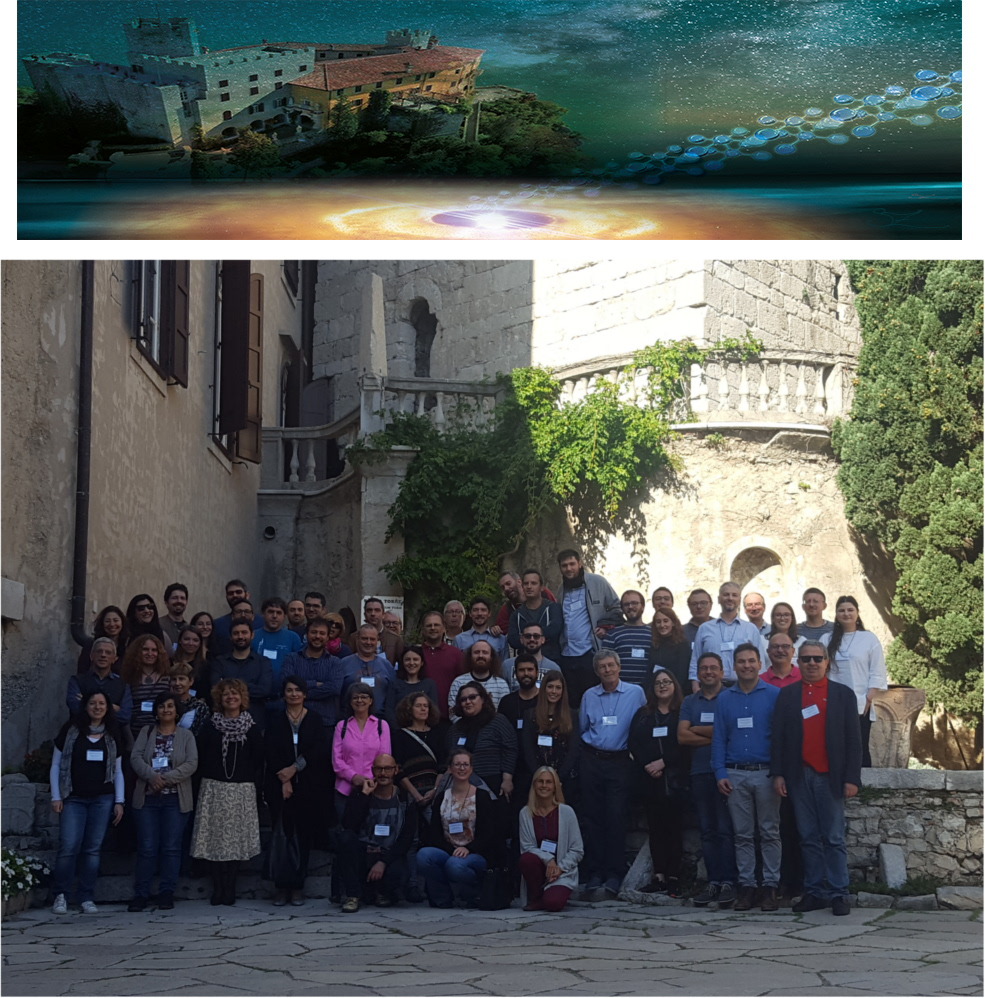Speaker
Description
The Cassini spacecraft orbited in the Saturnian System from July 2004 to the end of the mission in September 2017. During almost thirteen years of survey, the VIMS (Visible and Infrared Mapping Spectrometer) experiment (Brown et al., 2004), provided a complete sampling of the spectrophotometric properties of Saturn’s icy moons and rings in the VIS-IR wavelength range (0.35-5.1 µm). These vast set of observations revealed surface compositions dominated by water ice, contaminated with variable amounts of chromophores (e.g. tholins and iron oxides) and darkening compounds (e.g. carbonaceous materials, silicates, iron and sulphides), whose final nature it’s still debated (Ciarniello et al., 2011; Filacchione et al., 2012; Clark et al., 2012; Buratti et al., 2019).
Spectral variability across the icy bodies in the Saturn’s system has been investigated so far by means of spectral indicators (e.g. spectral slopes at visible and infrared wavelengths, spectral ratios and band depth absorption features) aimed at characterizing relative variations in water ice grains size, contaminants abundances and mixing modality of these phases (Filacchione et al., 2012, Filacchione et al., 2013). In addition, the spectra of selected targets, as the major icy moon (Thetys, Enceladus, Mimas, Rhea and Dione) and rings (A, B and C) have been investigated separately by means of radiative transfer models (Ciarniello et al., 2011; Filacchione et al., 2012; Ciarniello et al., 2019) to provide quantitative constraints on the compositional properties of the observed surfaces.
In this work, we plan to harmonize and integrate the results of these previous studies. This will require a refinement of the present spectral models of the icy moons, after the application of recently developed photometric corrections (Filacchione et al., 2018a, b), which are meant to minimize non-compositional spectral variations induced by observations geometry. Hapke’s model (Hapke, 2012) will be applied to perform the spectral un-mixing, using as input the optical properties (refractive index or regolith’ single scattering albedo) for a number of compounds of interest (crystalline water ice, carbon, iron, amorphous and crystalline silicates, tholins, sulphides, iron oxides) and simulating different mixing modalities (areal, intimate, intra-particle). The derived composition of the major moons will be investigated as a function of the radial distance from Saturn and compared to the one of the rings to evaluate whether the same compositional paradigm can be applied to these different classes of objects and how the Saturn’s environment affects their composition.
References:
Buratti, B. J., et al., 2019. Science 364, 6445, eaat2349.
Brown, R. H., et al., 2004. Space Sci. Rev. 115 (1–4), 111–168.
Ciarniello, M., et al., 2011. Icarus 214, 541–555.
Ciarniello, M., et al., 2019. Icarus 317, 242–265.
Clark, R.N., et al., 2012. Icarus 218, 831–860.
Filacchione, G., et al., 2012. Icarus 220 (2), 1064–1096.
Filacchione, G., et al. 2013. Astrophys. J. 766, 76–80 (2013).
Filacchione, G., et al. 2018. Geophysical Research Letters, 45:2184–2192.
Filacchione G., et al., 2018. Geophysical Research Letters, 45(13):6400–6407.
Hapke, B., 2012. Theory of Reflectance and Emittance Spectroscopy. Cambridge University Press.

